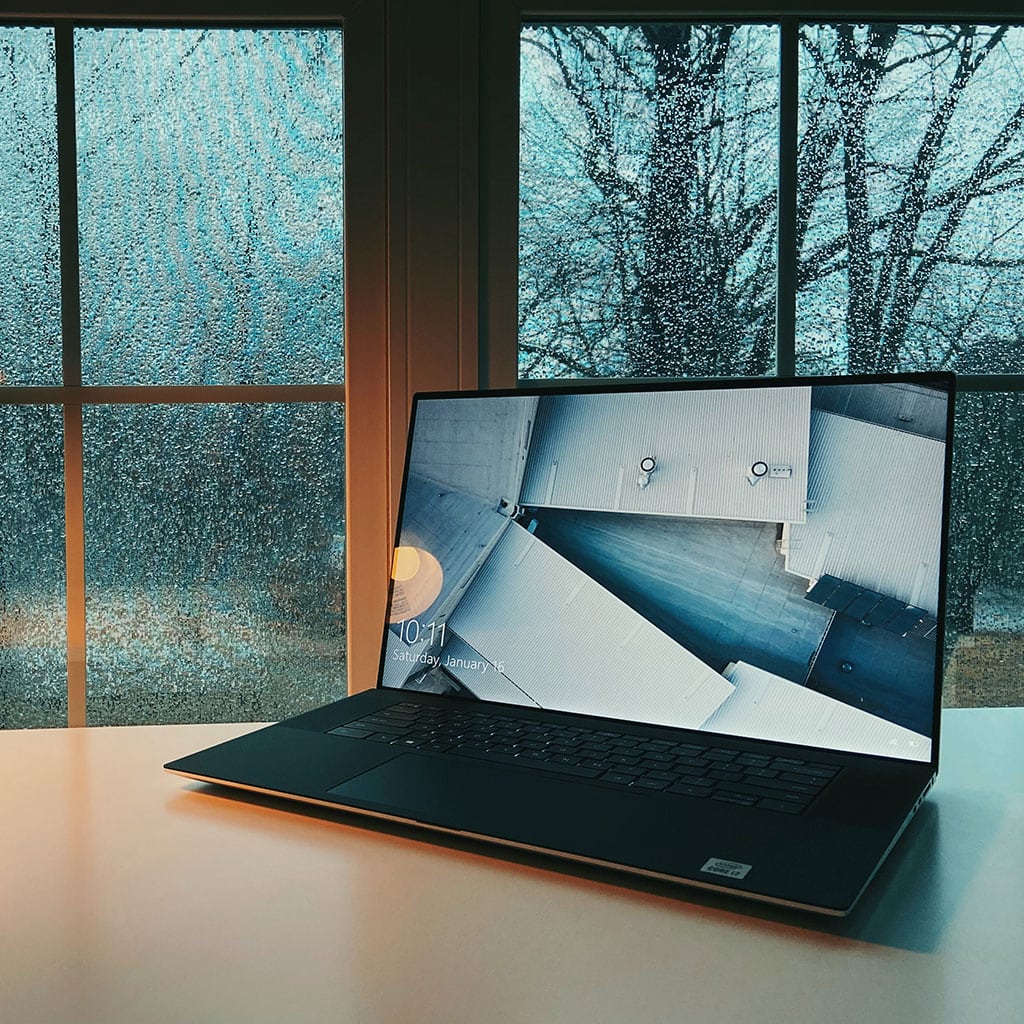Rebooting your laptop is a fundamental tool when troubleshooting common computer issues. Not only can it fix some hardware and software problems that may have been preventing the machine from functioning properly, but it can also help free up resources used by applications and programs. Knowing how to properly reboot a laptop can save users the headache of having to manually troubleshoot their machines or take them in for servicing.
Normal Reboot
Rebooting your system is a straightforward process that most users are familiar with. However, with different versions of Windows, the way you do this can change slightly. In Windows 8.1, the power icon does not appear in the start menu like it may in other versions. Instead, it appears at the top right corner of the window and is marked with a circle icon containing an up arrow.
To begin rebooting your system, all you need to do is click on this power button and then click Restart when prompted. The restart process typically takes just a few seconds before your device automatically loads back up into working condition. As an additional tip, if you’re having trouble locating this icon or if you don’t see it on your desktop screen, you can also press the Windows key on your keyboard instead for easy access to this area of the operating system.
Using Context Menu
The context menu, also known as the WinX menu, is a handy tool available in Windows Operating Systems. It offers many useful options for managing and controlling various aspects of your system, including the ability to easily restart your computer. This is a quick and convenient way of re-booting without needing to go into the settings menus or typing any commands.
To use this feature, simply right-click on the Windows icon located in the taskbar. Alternatively, you can press the ‘Windows + X’ combination from anywhere in Windows which will immediately display all options available in this menu. Scroll down until you find Shut Down or Sign Out and hover over this option with your mouse. You’ll then see the Restart option which will instantly restart your PC when clicked on. It’s that simple! Therefore, using the Context Menu is an efficient way to reboot your PC when needed.
From Ctrl + Alt + Delete Screen
The Ctrl+Alt+Delete Screen is a well-known feature of the Windows operating system, and it can come in handy when your computer freezes or stops responding. This screen allows you to access options that cannot be found in the main desktop interface, such as restarting your pc.
To access theCtrl+Alt+Deletescreen, simply press the same key combination at the same time on your keyboard. You should then see a small window appear with various options at the bottom. Look for the Power icon located in the lower-right corner of this window and click this. Afterward, select Restart; if successful, your computer should reboot and get back to normal operation status. If this doesn’t solve your issue, try shutting down manually by choosing Shutdown from that same menu instead of Restart – this may help resolve the problem even further.
From Lock Screen
The lock screen is a powerful tool available in the Windows operating system that provides access to various features without needing to boot up the desktop. It can be used to restart the system before it reaches the desktop, which is useful when it hangs, or if you want to reboot for any other reason but don’t have time or are too impatient to wait for Windows to load. All you need to do is press the Windows and “L” keys simultaneously and it will open up right away. Then you need to locate the power icon and click on it, from there you can choose restart and kickstart your computer into action once again.
Windows lock screen also lets users access other features such as checking notifications, customizing wallpaper background, clicking photos, setting password security and more without having to boot into the desktop. You can also enable gestures like swiping right for notifications, swiping left for custom image setting amongst others under settings> personalization>lockscreen. From these few basic steps that takes minimal time, one can conclude that utilizing this feature is indeed a wise decision when looking for quick results regarding rebooting of PCs.
Using Command Prompt or Run
The Command Prompt or ‘Run’ is a great tool for Windows users who prefer using a command line interface. It gives you the ability to quickly perform various system tasks within seconds without having to open an app or any other window. One of the most elusive and time-saving uses of Command Prompt is that it can allow your computer to restart after some time. All you need to do is press Windows + R, type cmd in the dialogue box that opens and then enter ‘shutdown /r’ in the prompt line. This will instruct your PC to restart after some amount of time depending on how long you are willing to wait.
This method has several advantages as it saves you from going through all the steps of closing all the apps, shutting down or sleeping, rebooting and logging in again. You can also use this method for scheduling restarts at certain times when you are away from home or out on holiday since all it takes is one simple command line statement. Overall, using Command Prompt or Run for auto-restarting your PC can be extremely convenient and efficient if done intelligently without overloading the system with commands.



